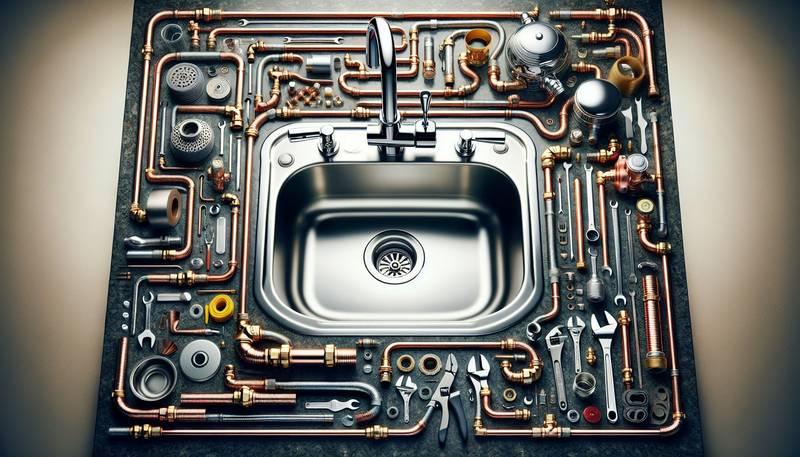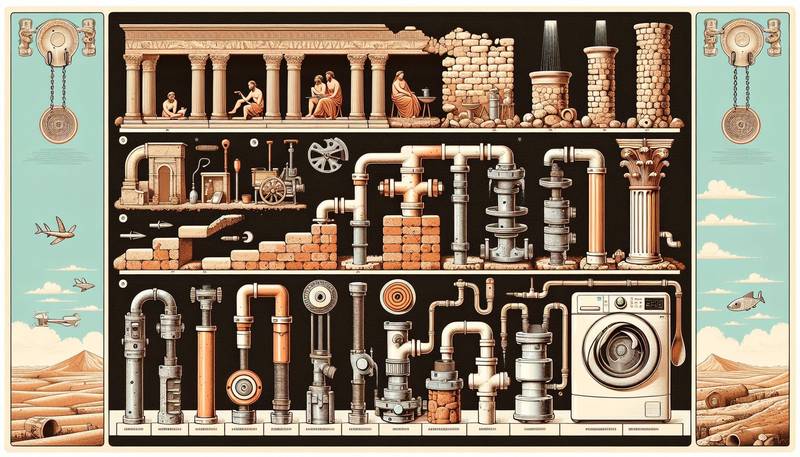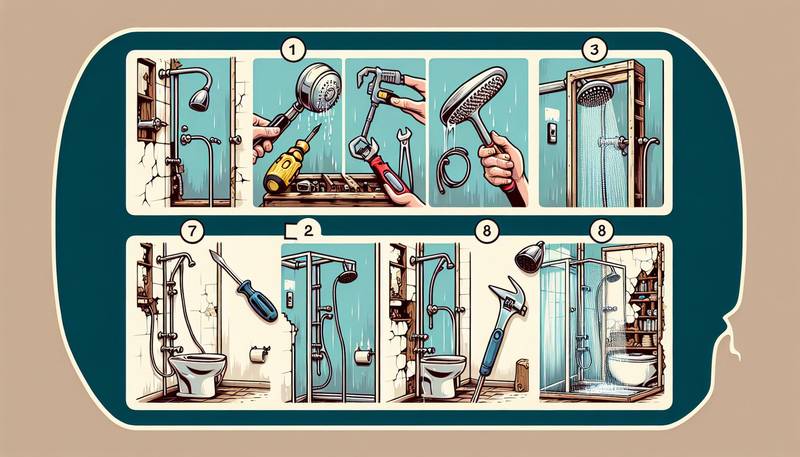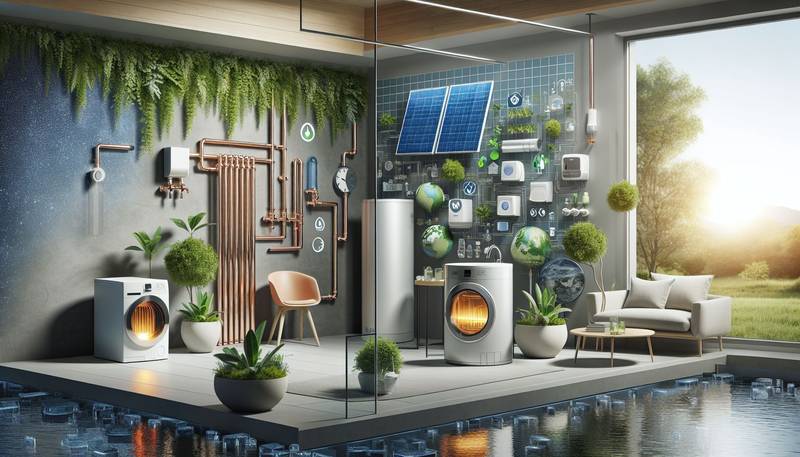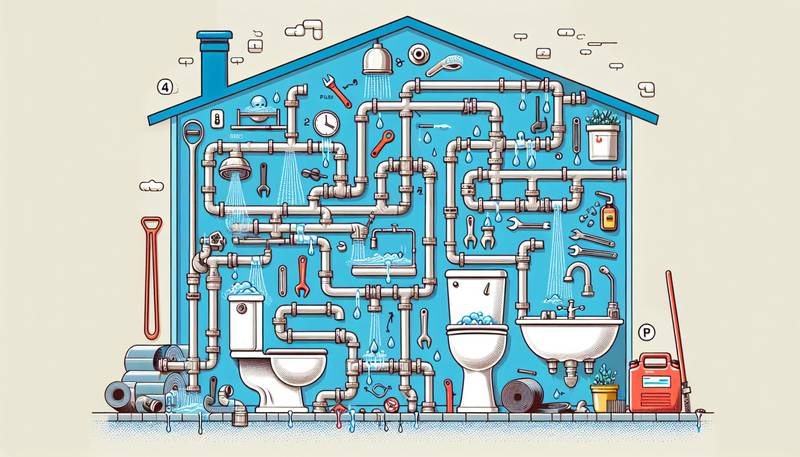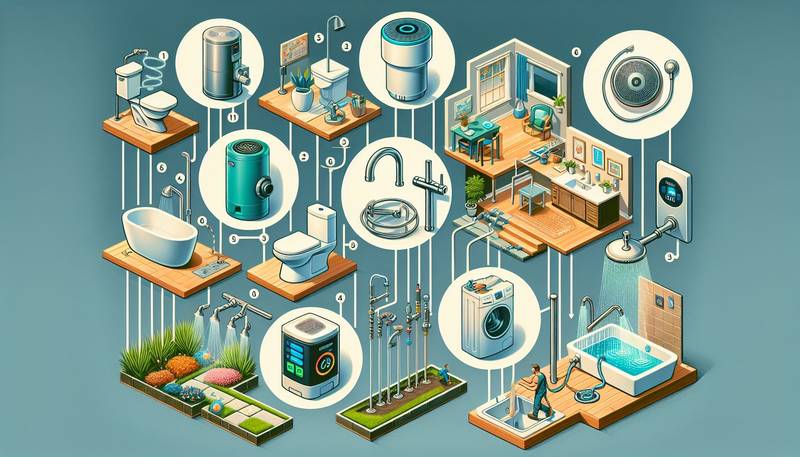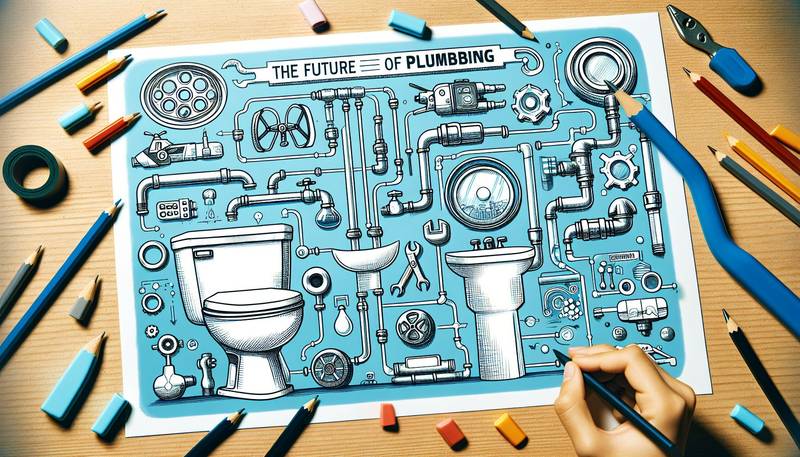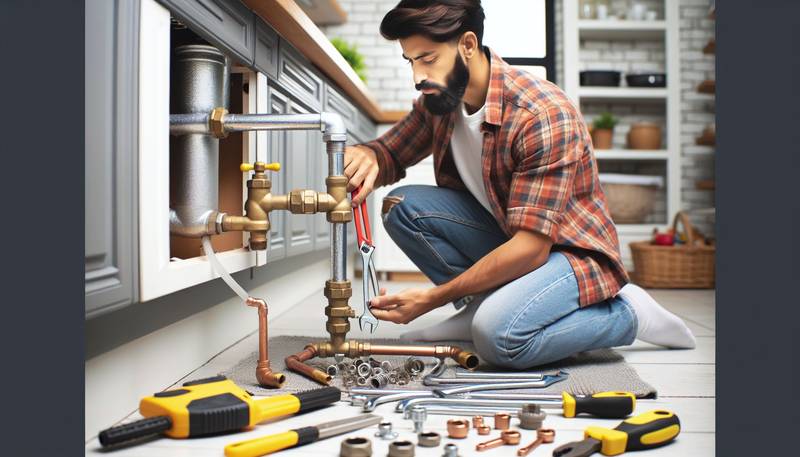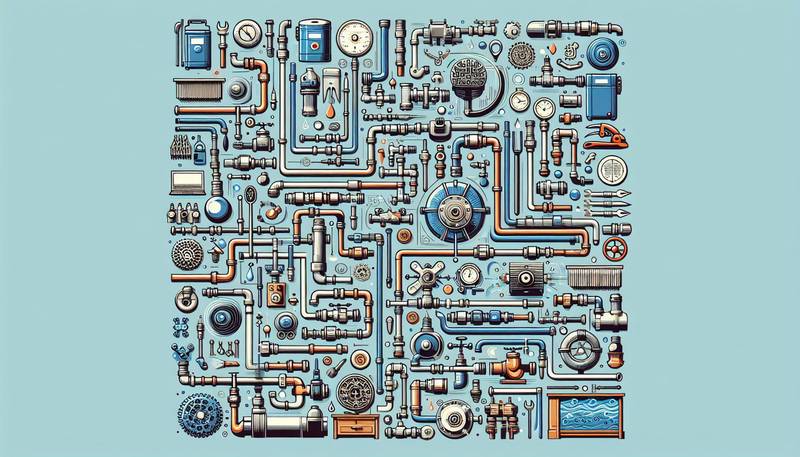Crafting the Perfect Kitchen Sink Setup: Plumbing Insights
In this article, we will explore key insights and considerations to help you create a well-designed and functional kitchen sink setup that meets your specific needs and preferences.
Choosing the Right Sink and Faucet
Selecting the right sink and faucet is the first step in creating an efficient and visually appealing kitchen sink setup. There are various types of sinks available, including undermount, drop-in, farmhouse, and integrated sinks, each offering unique benefits in terms of installation, maintenance, and aesthetics. When choosing a sink, consider factors such as size, material, and configuration to ensure it aligns with your cooking and cleaning needs.
Similarly, the faucet plays a crucial role in the functionality and design of your kitchen sink setup. Consider factors such as spout height, reach, and handle configuration to ensure ease of use and compatibility with your sink and countertop layout. Additionally, opt for high-quality faucets with durable finishes to ensure long-term performance and reliability.
Optimizing Drainage System
Proper drainage is essential for maintaining a clean and hygienic kitchen sink setup. Ensure that your sink is equipped with an efficient drainage system that prevents clogs and promotes smooth water flow. Consider installing a garbage disposal unit to grind food scraps and prevent them from clogging your pipes. Additionally, regularly clean and maintain your drainage system to prevent buildup and odors.
Venting System Considerations
A well-designed venting system is essential for maintaining proper air pressure and water flow in your kitchen sink setup. Vent pipes allow air to enter the drainage system, preventing suction and ensuring smooth water flow. Ensure that your sink is properly vented to prevent gurgling sounds, slow drainage, and sewer gas odors in your kitchen. Consult a professional plumber to optimize your venting system and ensure compliance with local building codes.
Efficient Hot Water Supply
A steady supply of hot water is essential for performing various kitchen tasks, such as washing dishes, cooking, and cleaning. Consider installing a high-efficiency water heater near your kitchen sink to ensure quick and reliable access to hot water. Additionally, insulate your hot water pipes to prevent heat loss and reduce energy consumption. Consult a plumber to determine the right size and type of water heater for your kitchen sink setup based on your household size and usage patterns.
Maintenance and Upkeep Tips
Regular maintenance is essential for prolonging the lifespan and performance of your kitchen sink setup. Clean your sink and faucet regularly with mild soap and water to prevent stains and mineral buildup. Avoid using harsh chemicals or abrasive cleaners that can damage the finish. Inspect your drainage system periodically for clogs and leaks, and address any issues promptly to prevent water damage and mold growth. Consider scheduling annual plumbing inspections to detect and address potential problems before they escalate.
In conclusion, crafting the perfect kitchen sink setup requires careful planning and attention to detail. By considering factors such as sink and faucet selection, drainage and venting systems, hot water supply, and maintenance practices, you can create a functional and visually appealing kitchen space that enhances your cooking and cleaning experience. Consult a professional plumber for expert advice and assistance in designing and optimizing your kitchen sink setup to meet your specific needs and preferences.
